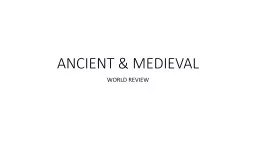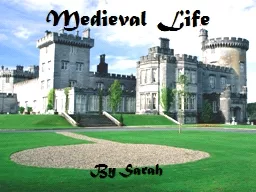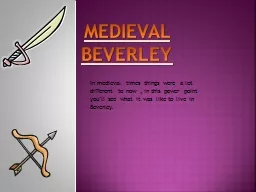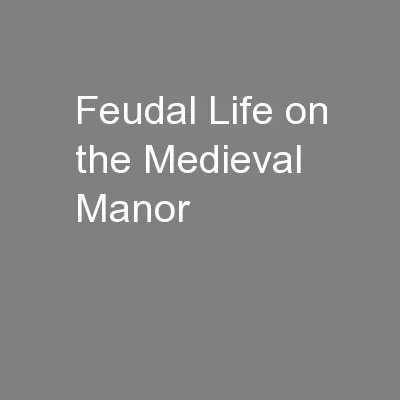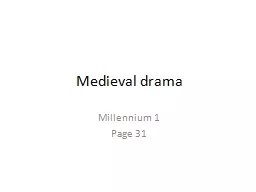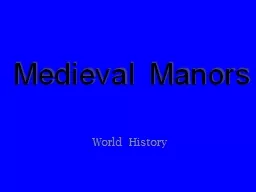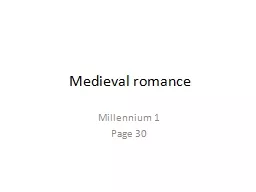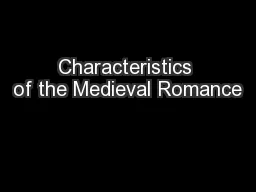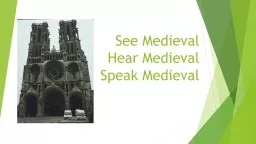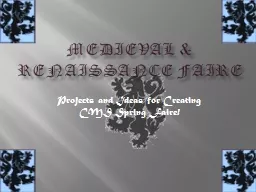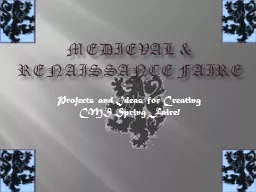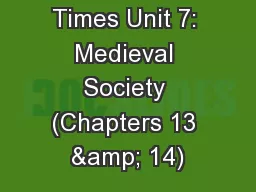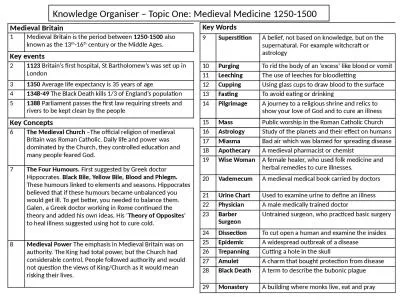PPT-ANCIENT & MEDIEVAL
Author : test | Published Date : 2017-12-16
WORLD REVIEW ANCIENT Ancient Greek art was produced in Europe and western Asia primarily in the region of presentday Greece Turkey and southern Italy from 600 BCE
Presentation Embed Code
Download Presentation
Download Presentation The PPT/PDF document "ANCIENT & MEDIEVAL" is the property of its rightful owner. Permission is granted to download and print the materials on this website for personal, non-commercial use only, and to display it on your personal computer provided you do not modify the materials and that you retain all copyright notices contained in the materials. By downloading content from our website, you accept the terms of this agreement.
ANCIENT & MEDIEVAL: Transcript
Download Rules Of Document
"ANCIENT & MEDIEVAL"The content belongs to its owner. You may download and print it for personal use, without modification, and keep all copyright notices. By downloading, you agree to these terms.
Related Documents

